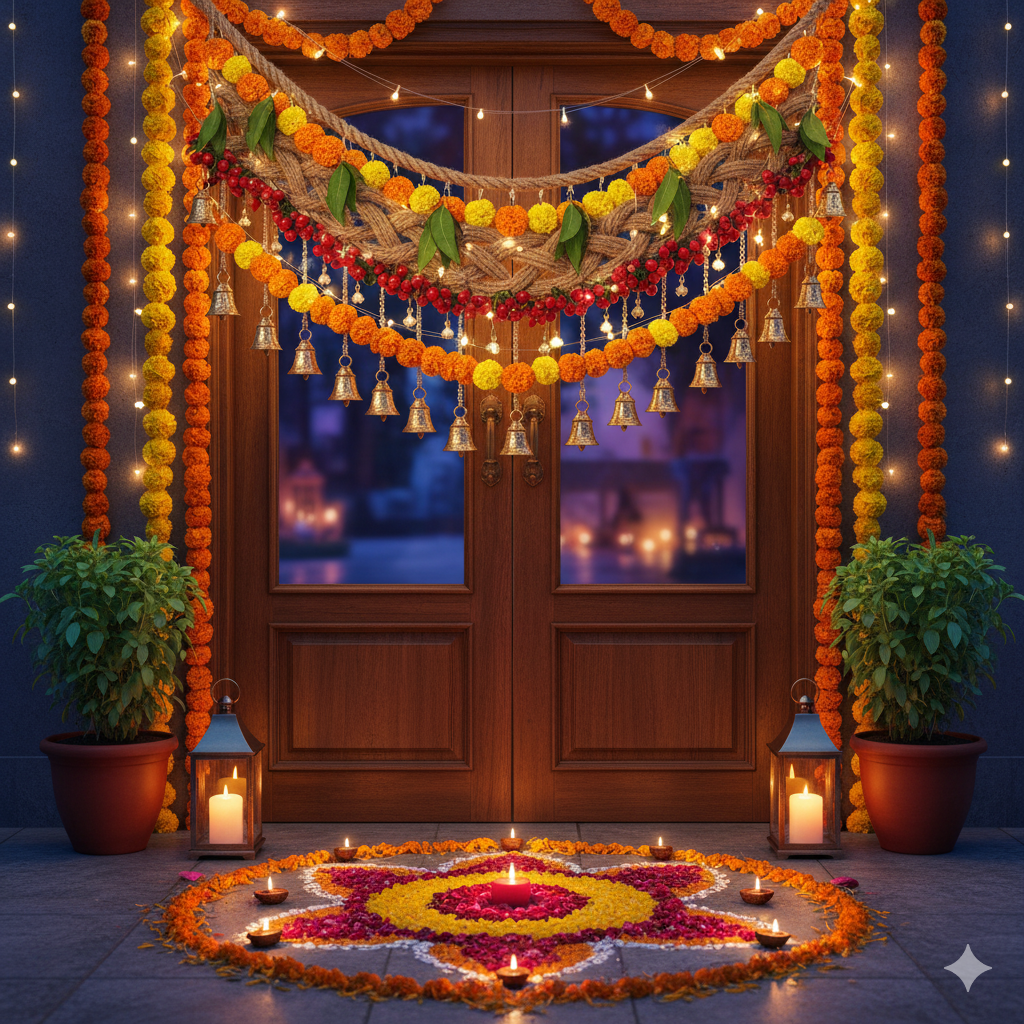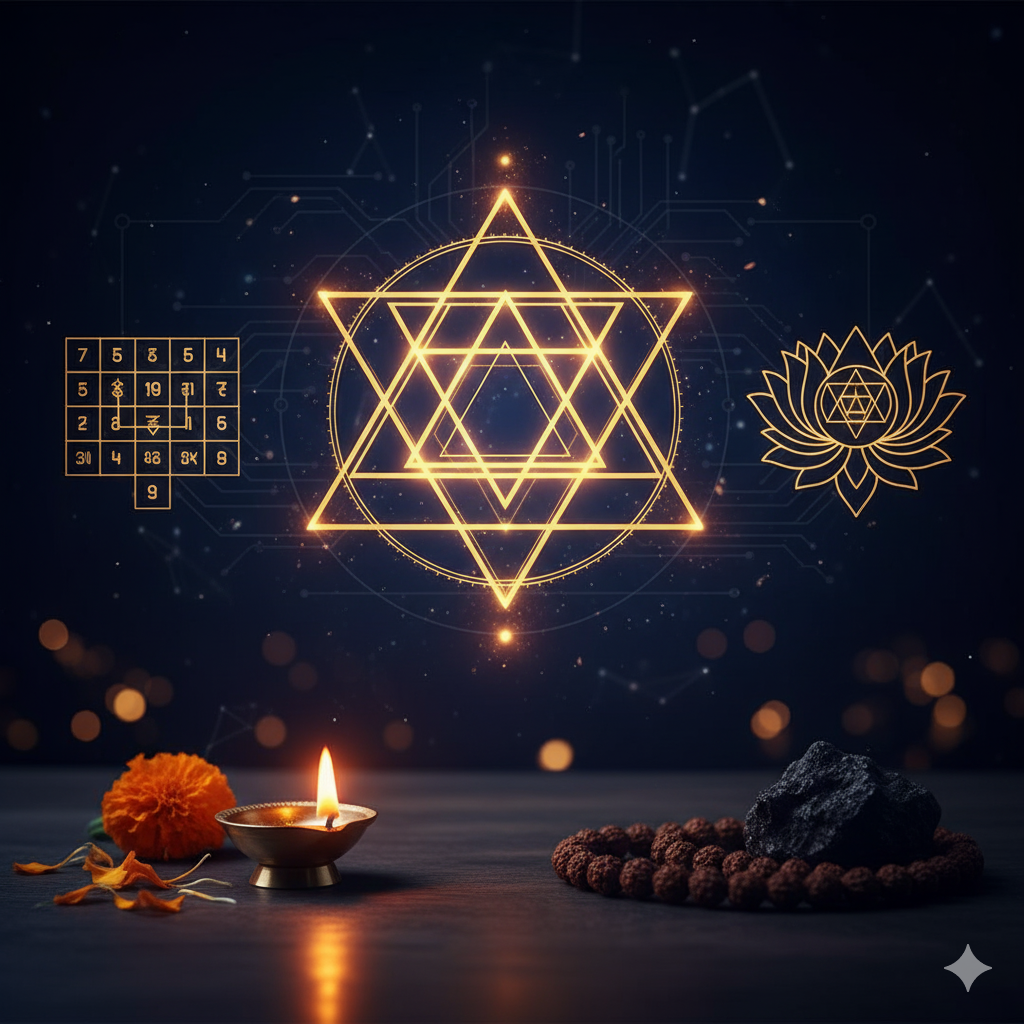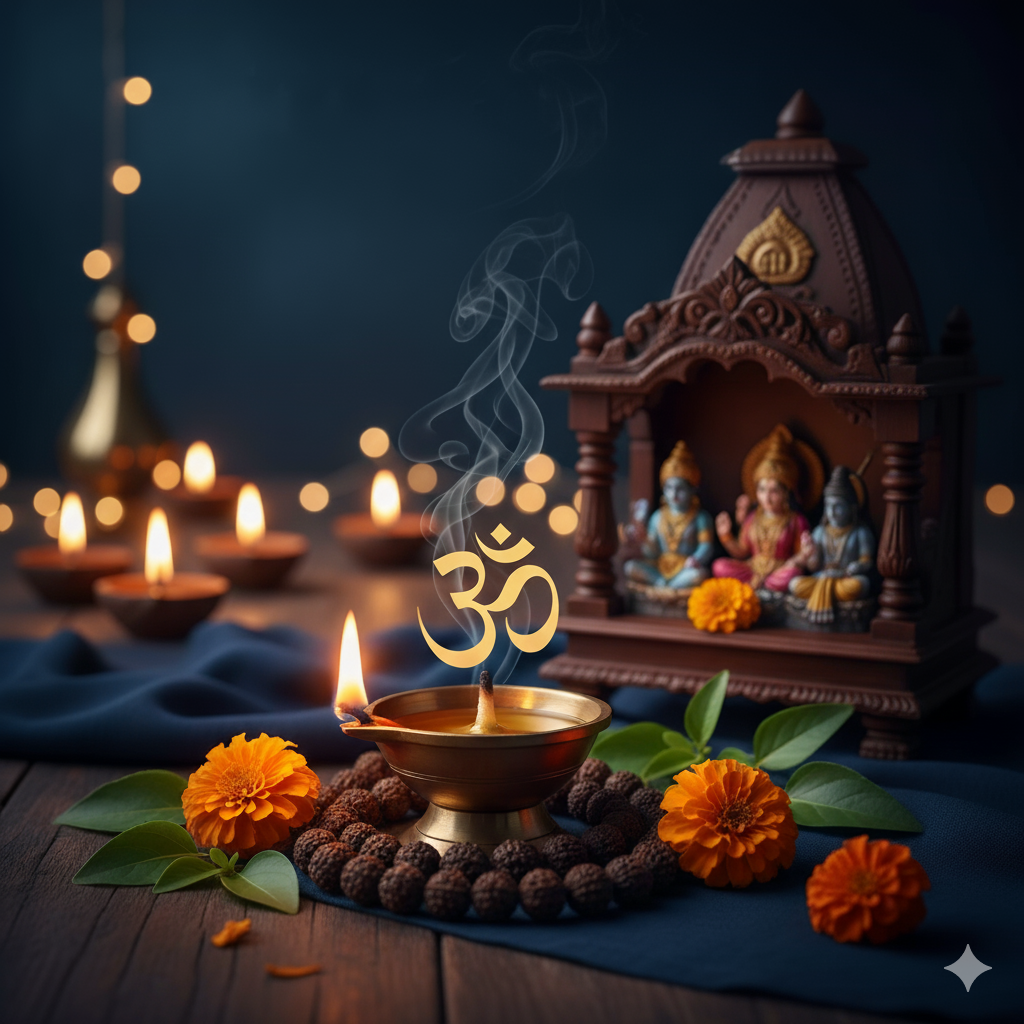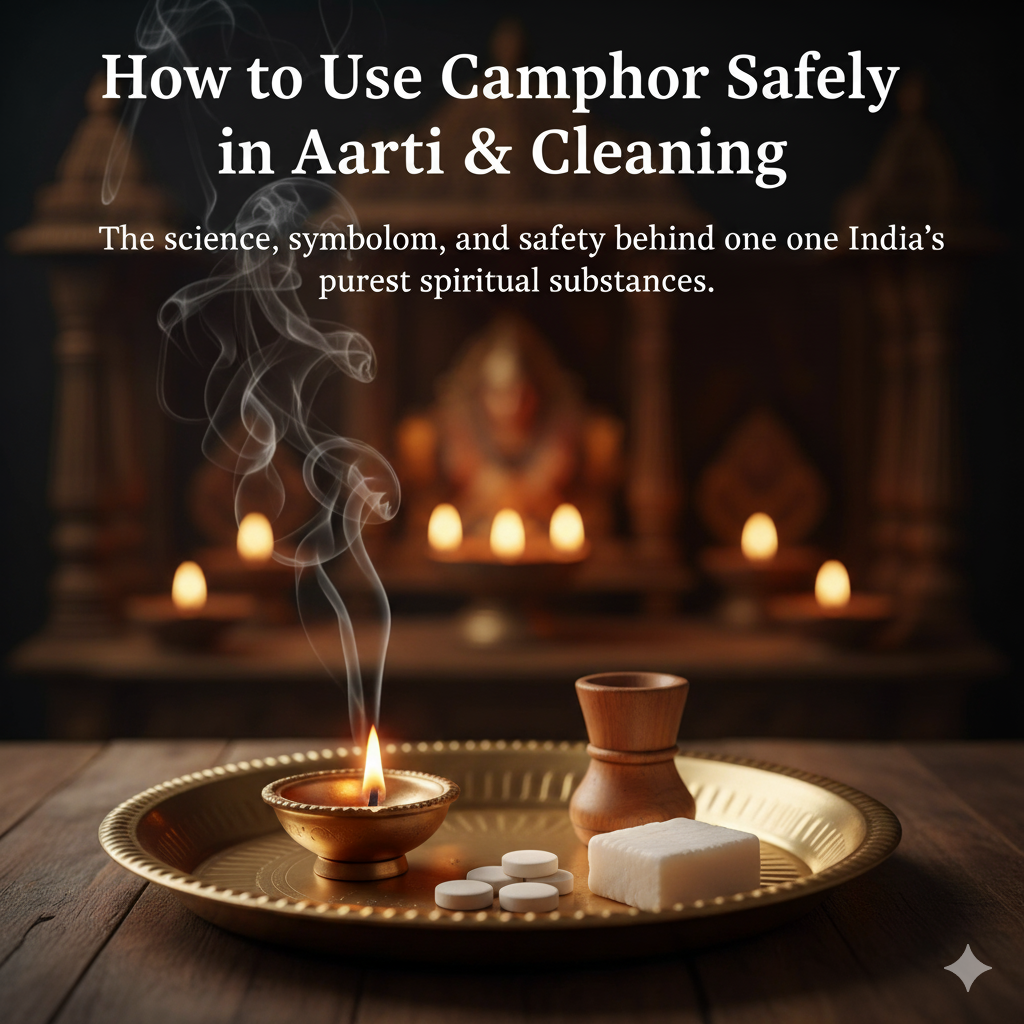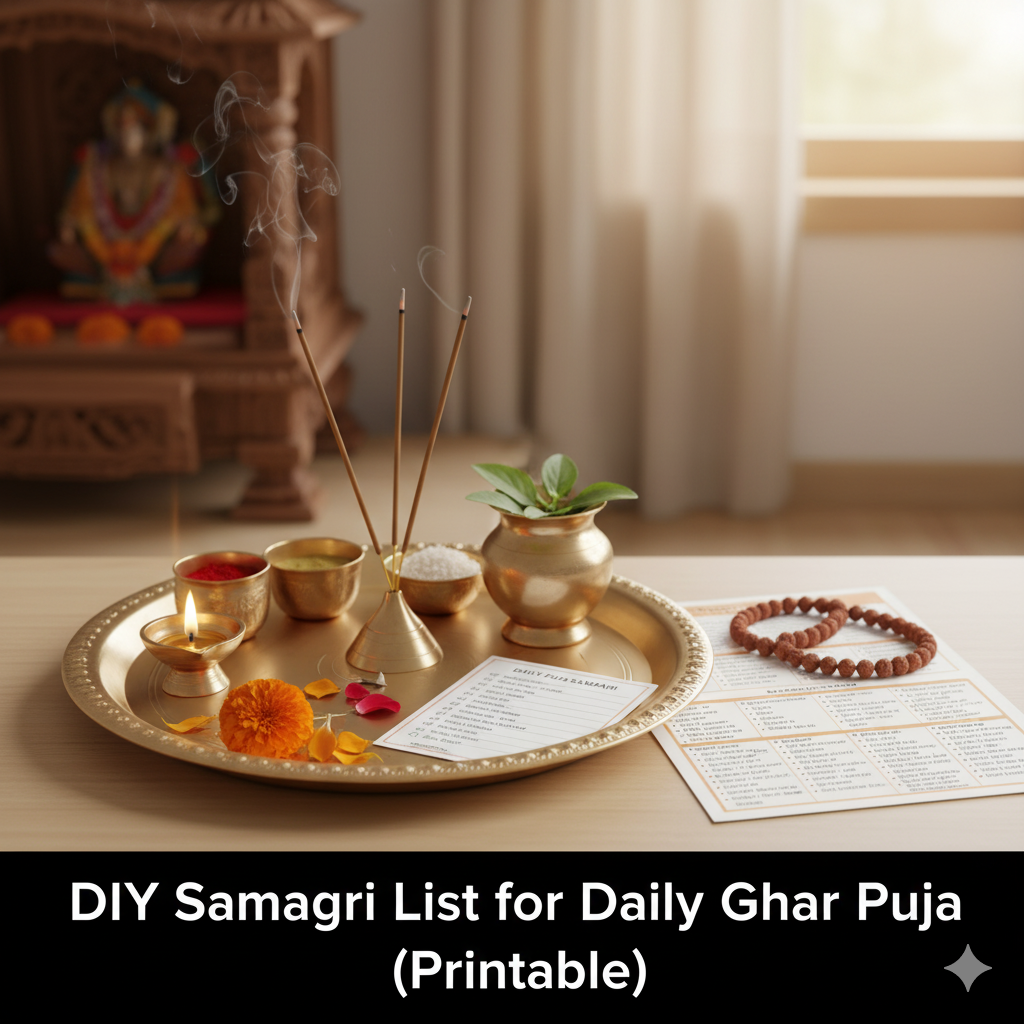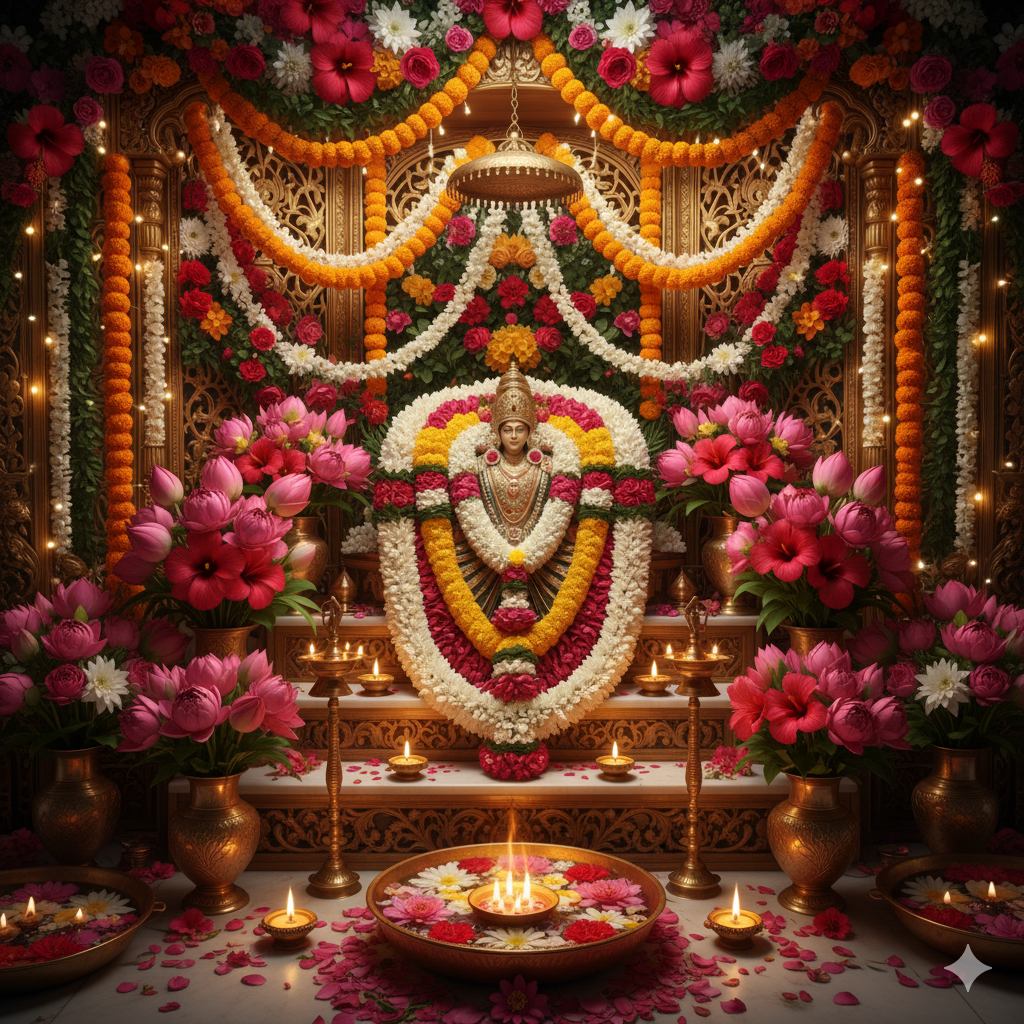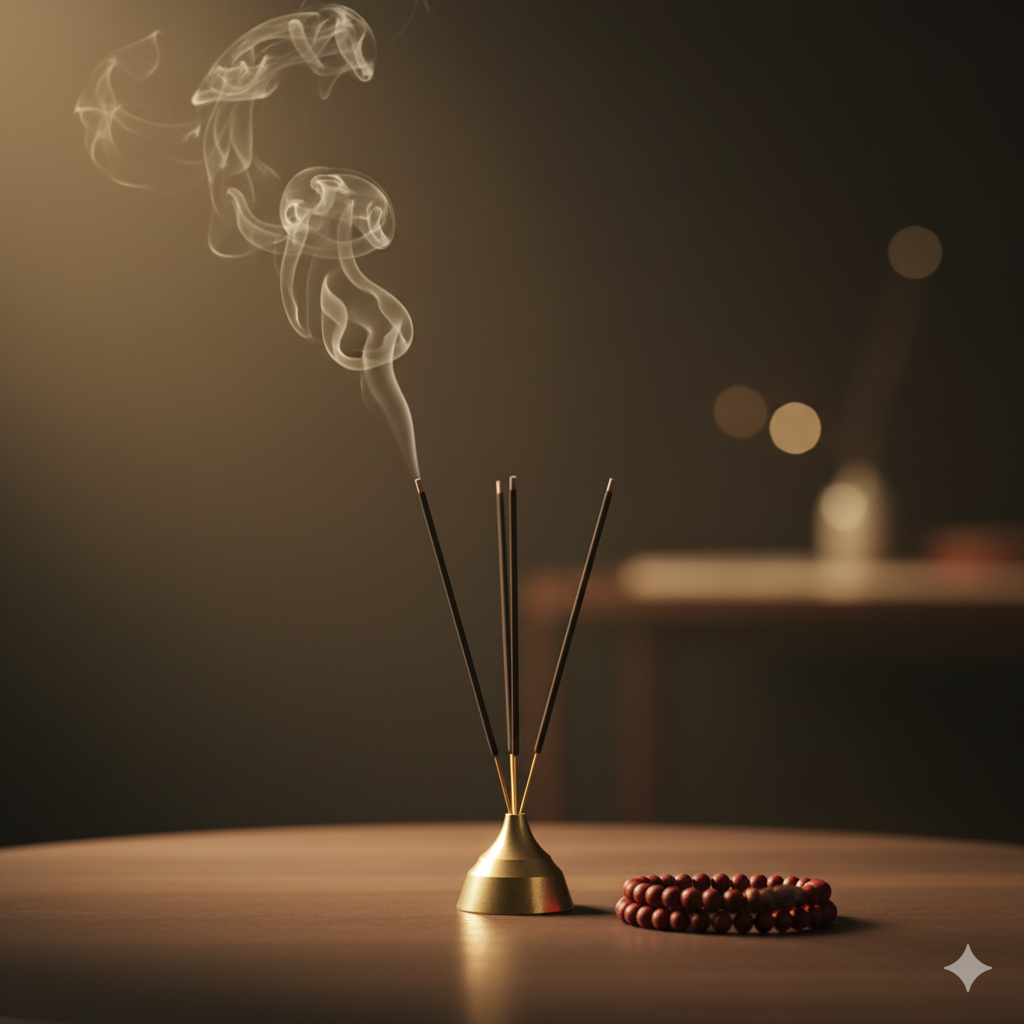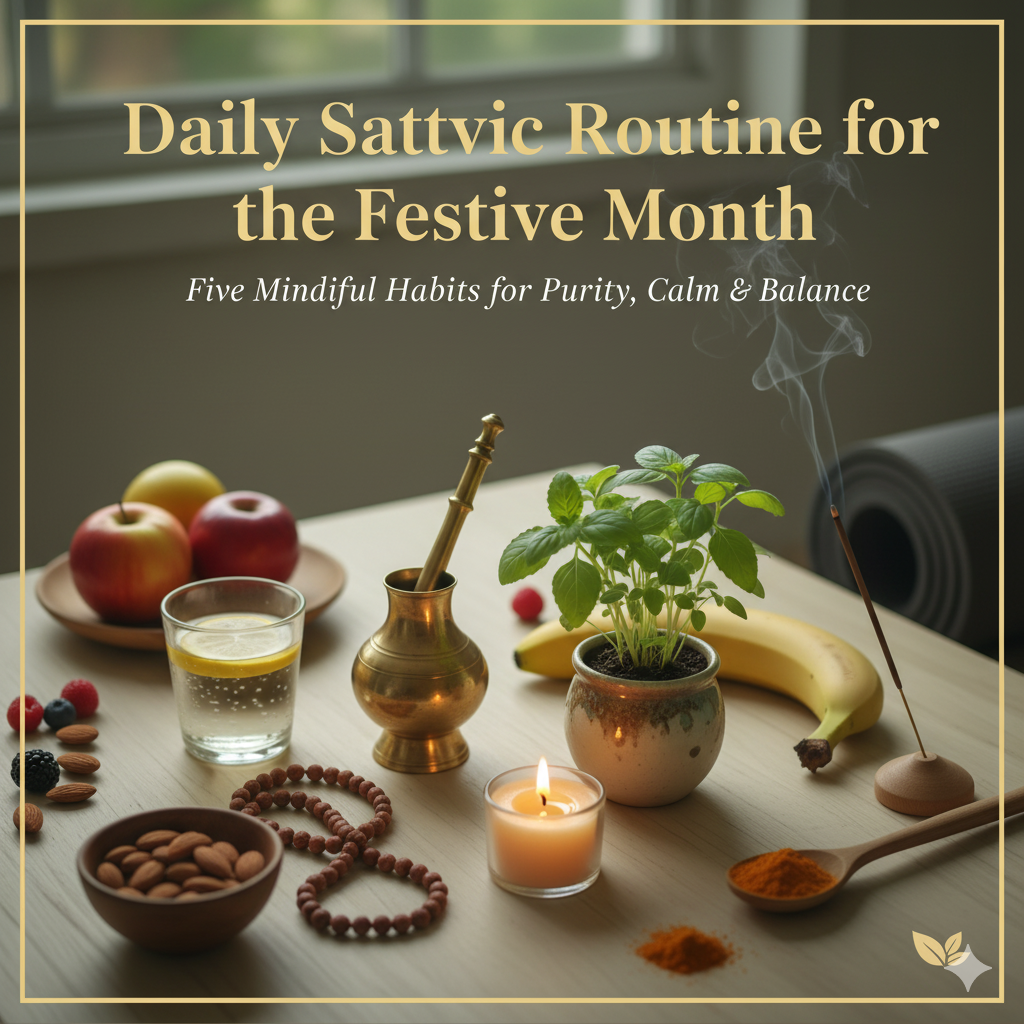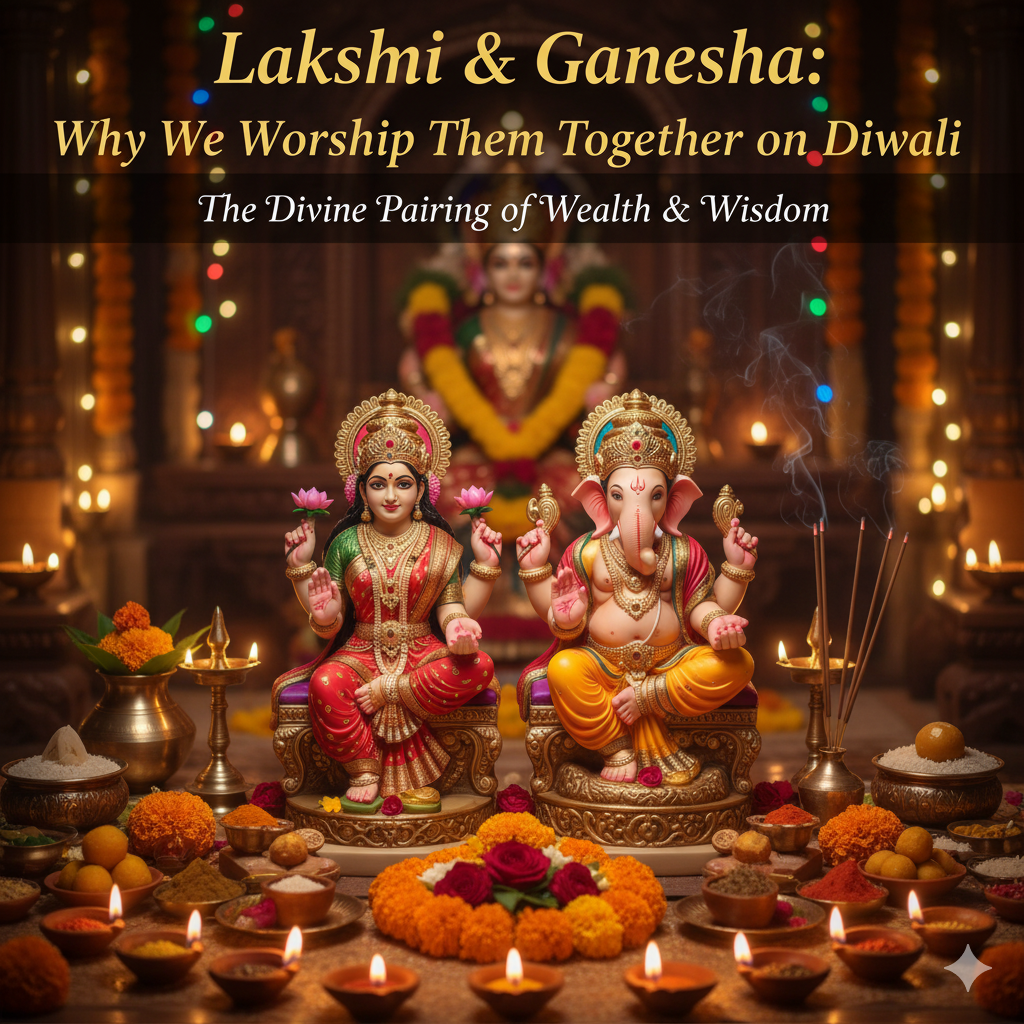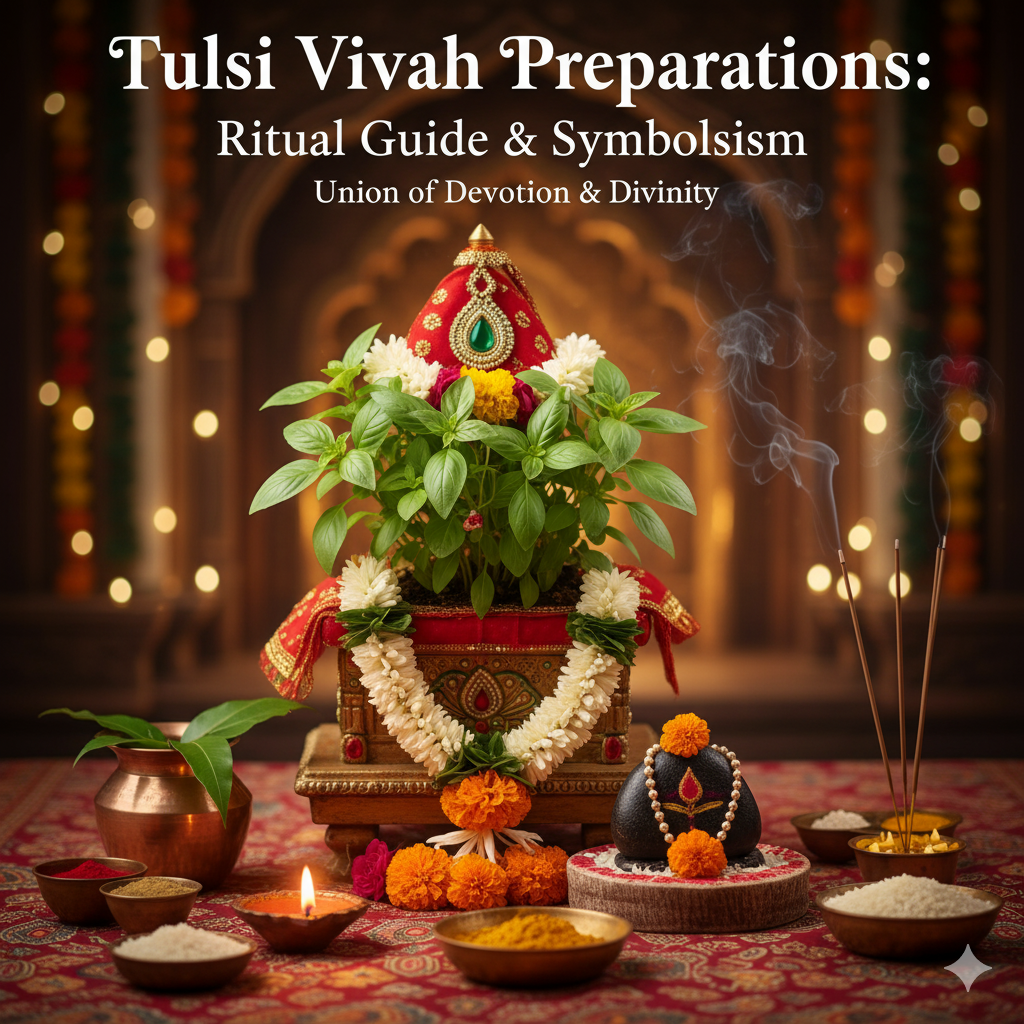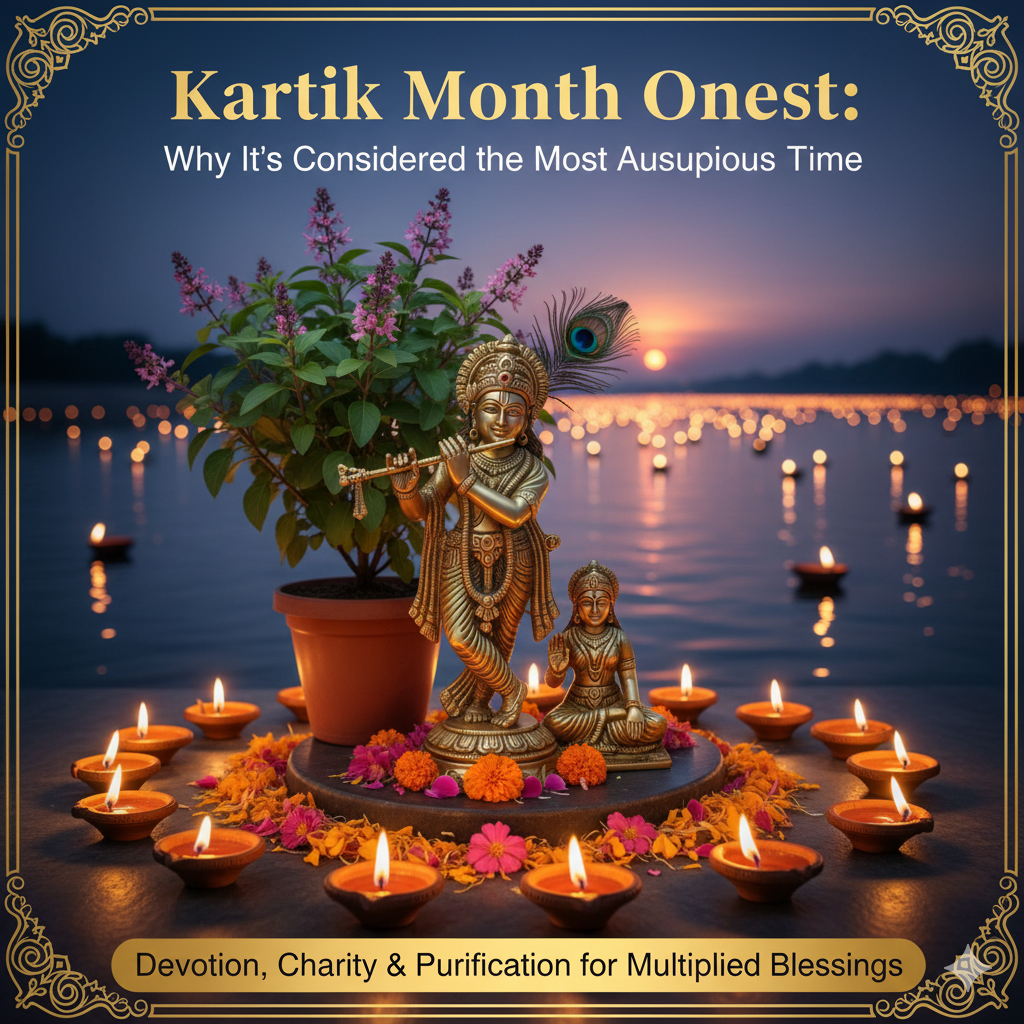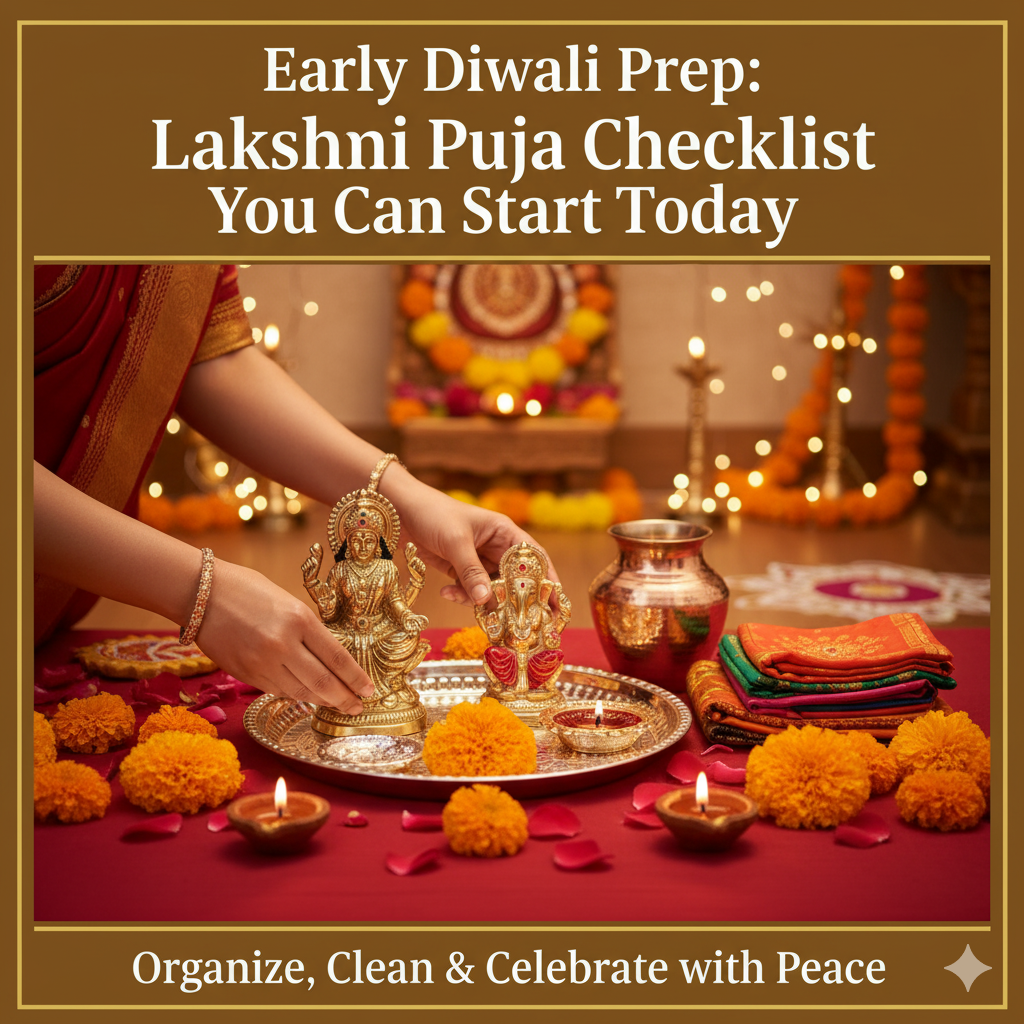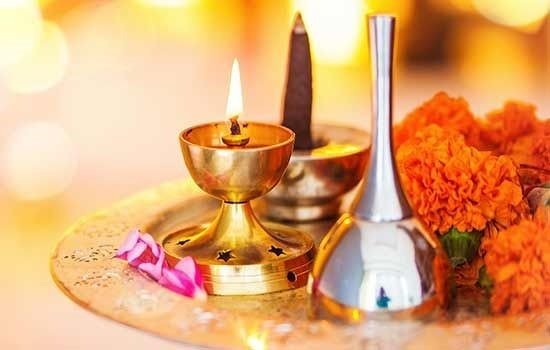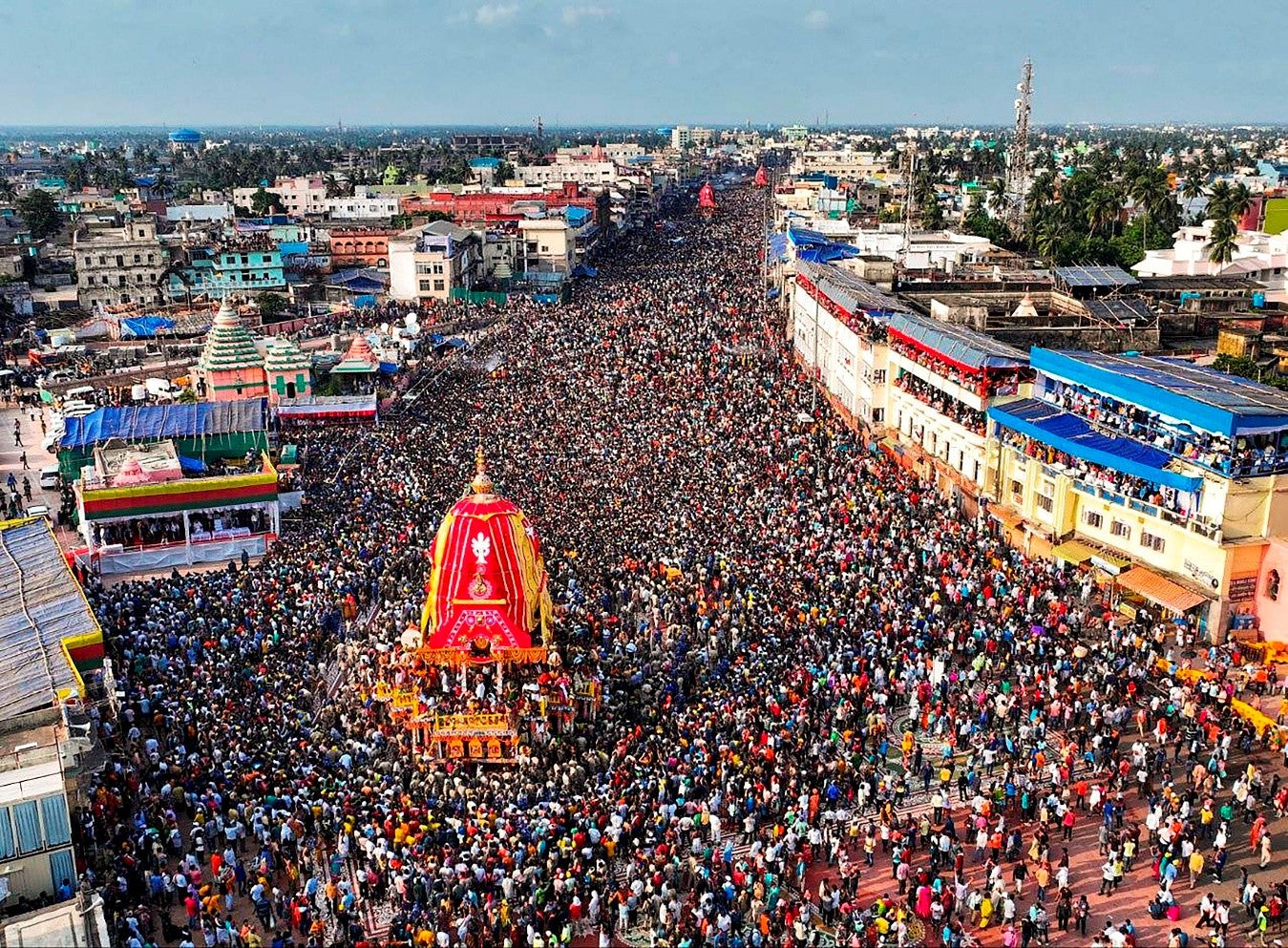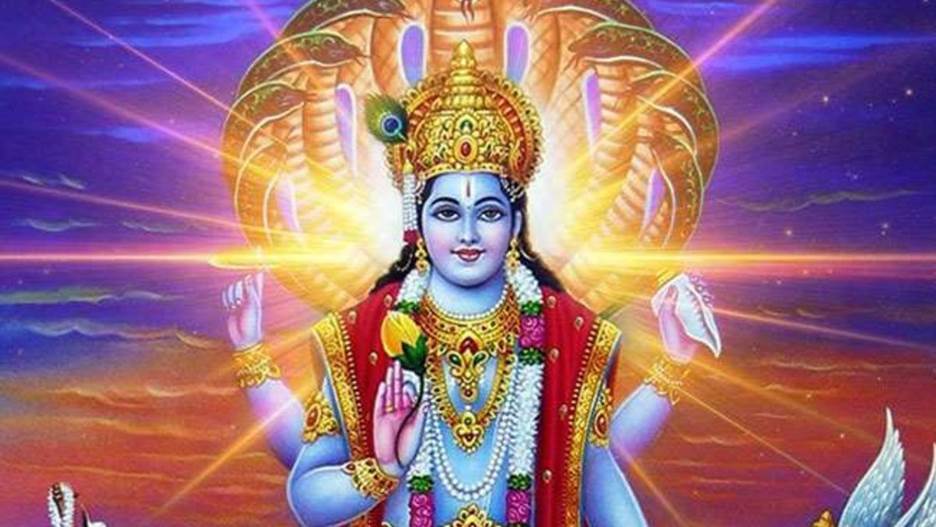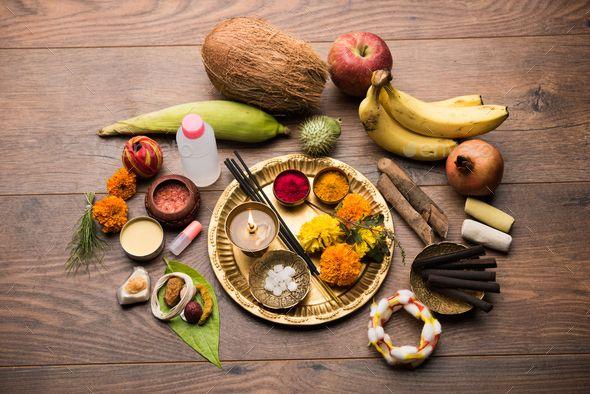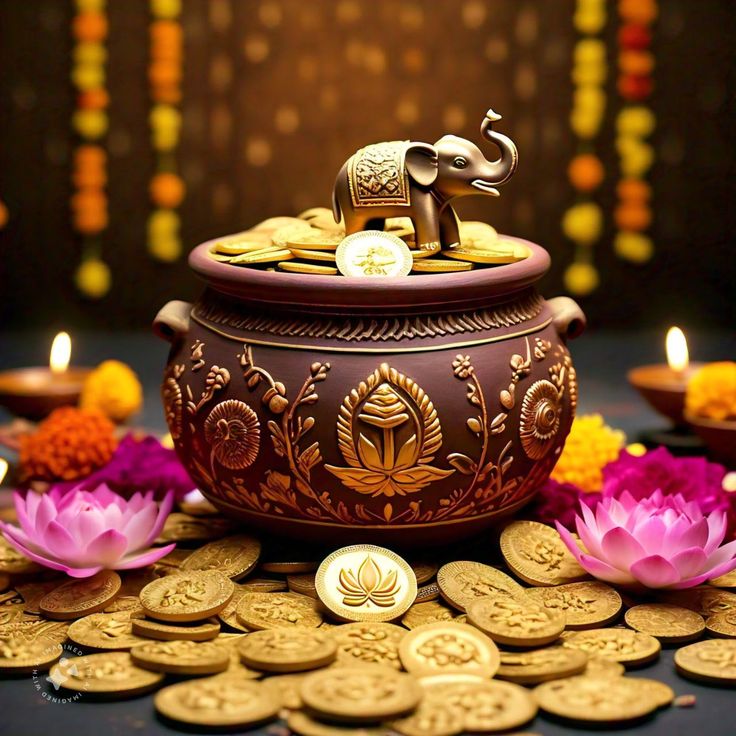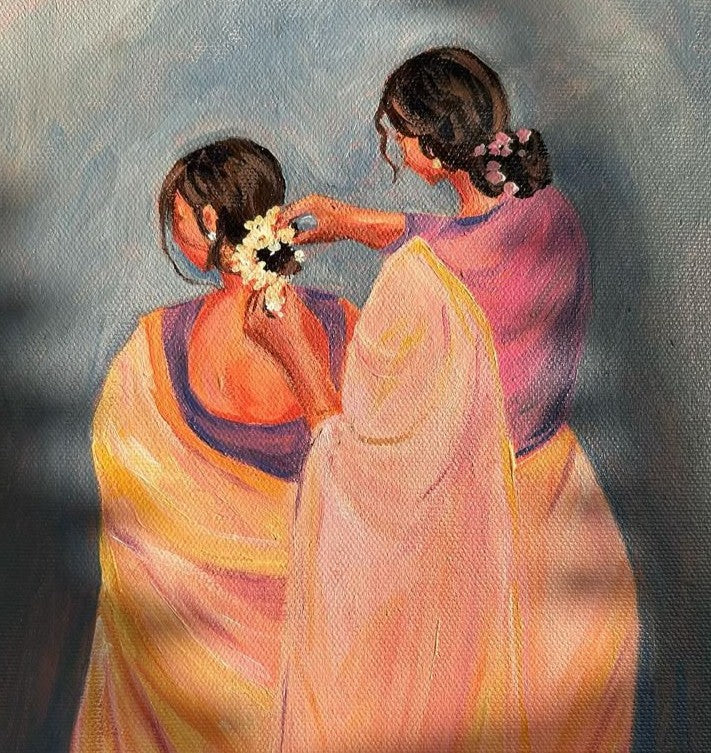After every grand celebration — Navratri, Dussehra, or Diwali — homes are filled with the remnants of devotion: used diyas, garlands, leftover prasadam, empty incense boxes, and decor. While these items carry emotional and spiritual significance, letting them pile up can weigh down your space and energy.
That’s where spiritual decluttering comes in — the mindful process of releasing what no longer serves you while retaining what carries sacred energy. It’s more than just cleaning; it’s a ritual of renewal.
In this guide, we’ll explore how to decide what to keep, what to donate, and what to recycle — ensuring your home remains pure, light, and ready for new blessings.
Why Decluttering After Festivals Is Spiritually Important
1. Energetic Reset
During festivals, our homes are charged with collective energy — joy, devotion, gatherings. Post-celebration, the energy often turns heavy or stagnant. Decluttering allows new prana (life force) to flow again.
2. Honoring the Divine Properly
Discarding sacred items without awareness is considered disrespectful. Decluttering done mindfully helps you part with items in a way that honors the deities they were associated with.
3. Preparation for the Next Ritual Cycle
With Kartik and Diwali ahead, clearing space ensures your next puja begins in a clean, sattvic environment — free of clutter or leftover vibrations.
Step-by-Step Guide to Spiritual Decluttering
Step 1: Start from the Mandir (Home Altar)
Begin with the most sacred corner of your home.
-
Keep: Clean idols, puja utensils, photos, and untouched items.
-
Donate: Extra or duplicate idols (only after proper visarjan or gifting respectfully).
-
Recycle: Used incense, cotton wicks, broken diyas.
Pro Tip: Sprinkle ganga jal or rose water on your altar before rearranging to re-energize it.
Step 2: Sort Decorative & Ritual Items
| Category | Keep | Donate | Recycle |
|---|---|---|---|
| Diyas & candles | Unbroken ones | Extra new sets | Broken/used ones |
| Torans & decor | Washable, reusable ones | If clean & undamaged | Paper/plastic waste |
| Fabrics (altar cloths) | Silk/cotton ones | Older cloths in good shape | Torn/soiled ones |
✨ Remember: Donating festive decor to temples, orphanages, or housing societies helps spread joy and gives items a second life.
Step 3: Handle Prasadam & Food Offerings Mindfully
-
Consume: Fresh prasadam within 1–2 days.
-
Donate: Packaged or long-lasting sweets to local shelters.
-
Compost: Spoiled or old offerings; never throw directly in bins.
-
Offer to Tulsi or plants: A symbolic gesture of returning energy to nature.
👉 You can also order Prasadam Kits to replenish fresh, sattvic offerings after decluttering.
Step 4: Recycle Ritual Residues Responsibly
-
Ash from incense or havan: Mix in soil or compost — natural fertilizer.
-
Flowers & garlands: Dry and use as potpourri or compost.
-
Broken idols: Wrap in natural cloth and immerse respectfully in a clean water body (never in sewage or garbage).
-
Metal items: Send for metal recycling or give to artisans who refurbish puja metals.
Step 5: Reorganize for the Next Festival Cycle
Once you’ve cleared, store essential items in a clean, labeled box.
-
Use muslin or cotton cloth to wrap brass/silver utensils.
-
Add a few neem leaves or silica gel to prevent moisture.
-
Keep puja samagri separate from household items.
👉 Pro Tip: Before storing, apply a small amount of ghee or oil to brass items to maintain shine (see our Brass, Silver & Copper Care Guide for more).
Symbolic Meaning Behind Decluttering
In Hindu philosophy, the act of visarjan (immersion or letting go) isn’t limited to idols — it’s symbolic of releasing attachment.
-
By donating, you share your blessings.
-
By recycling, you honor the five elements — earth, water, air, fire, and space.
-
By keeping consciously, you retain only what uplifts your energy.
Modern Tips for Conscious Decluttering
-
Minimalist Puja Corners: Keep 1–2 murtis that truly resonate with you.
-
Repurpose: Turn broken diyas into garden planters.
-
Digital Declutter: Delete old puja event videos or photos that no longer serve purpose; keep only what evokes devotion.
-
Monthly Mini Cleanse: Dedicate one day each month for a small home energy reset — light camphor, clean altar, refresh incense.
Dos and Don’ts of Spiritual Decluttering
✅ Do:
-
Thank each item before parting with it.
-
Use biodegradable cleaning ingredients.
-
Play soft bhajans or mantras while cleaning.
❌ Don’t:
-
Throw sacred items in garbage.
-
Mix ritual waste with household trash.
-
Keep unused puja samagri indefinitely.
Emotional & Energetic Benefits
-
Brings lightness and clarity.
-
Strengthens devotion — worship feels more focused.
-
Improves flow of abundance (Lakshmi energy).
-
Creates a peaceful, fragrant, and sattvic home.
✨ Just like you cleanse your body, cleansing your sacred space refreshes your spirit.
FAQs
Q1. Can I reuse diyas from Navratri for Diwali?
Yes, as long as they are unbroken and cleaned properly.
Q2. What should I do with leftover idols from earlier pujas?
You can gift them to a temple or immerse respectfully in a river.
Q3. Can I throw used flowers away?
No — dry them, compost them, or place them under a tree.
Q4. How often should I declutter my mandir?
Ideally once every festival cycle or at least once a month.
Conclusion
Decluttering after festivals is a sacred act — a bridge between celebration and renewal. By consciously deciding what to keep, donate, and recycle, you maintain not only cleanliness but also spiritual clarity.
✨ Begin your post-festival renewal today:
-
Order fresh Prasadam Kits & Puja Essentials
-
Or schedule a Home Puja or Chadhawa to refresh your spiritual energy for the coming Kartik month.
When your space breathes freely, your soul does too 🌸.


